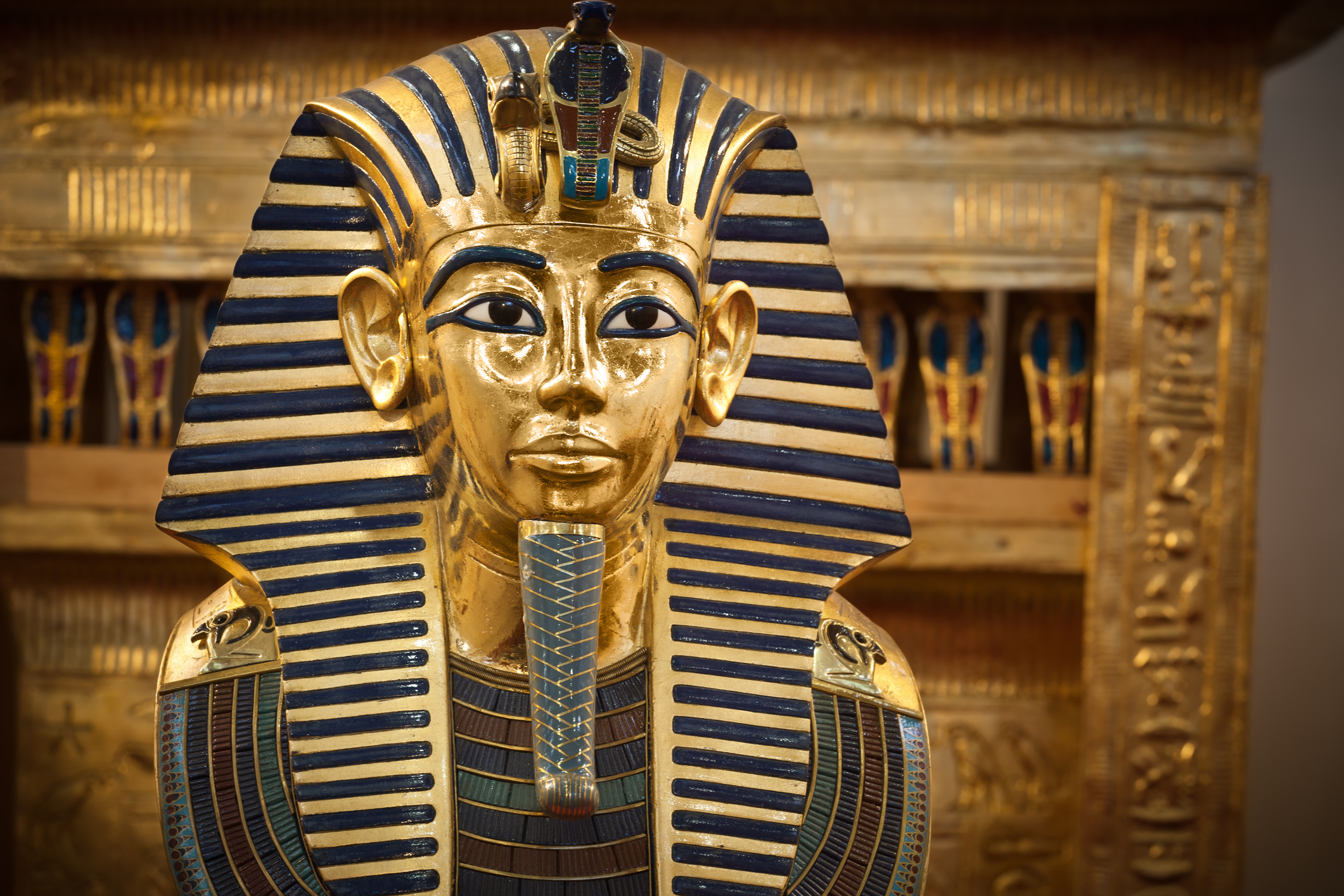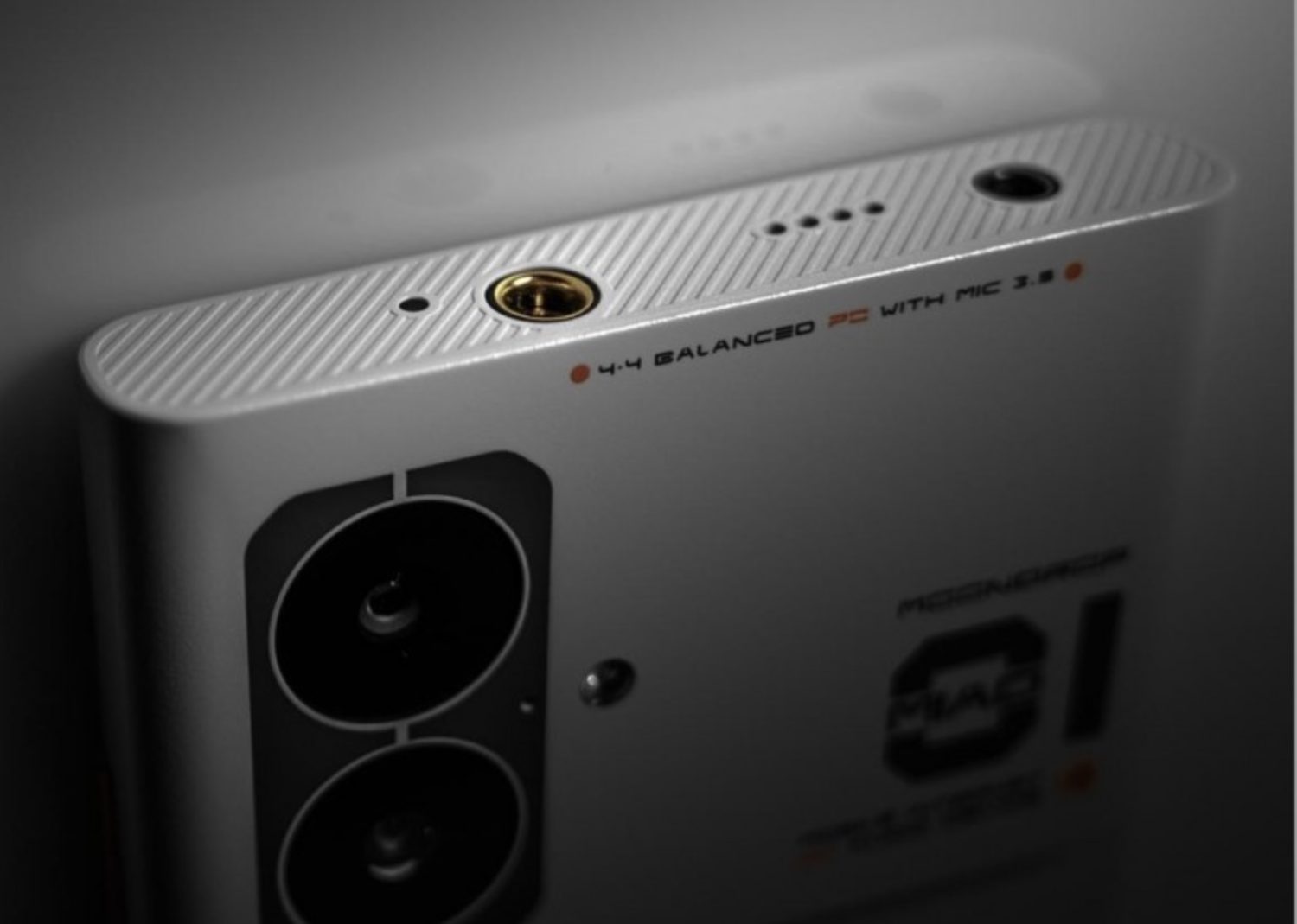One of the many interesting finds from the Absar excavations is the bone-decorated belt buckle and buckles found in Grave No. S 404. In the grave is the skeleton of a young man lying on his back in an outstretched position, his right arm slightly bent at the elbow during his burial. – Dr. Cyprian Horvath, Director of the Center for Archaeological Research, writes on the website of the Hungarian Research Institute.
Unfortunately, the graves that were later repeatedly dug in the cemetery also disturbed the burial process, destroying several bones of the deceased and moving them from their original place. Buckles and belt buckles were found in the area around the frame basin and under the basin.
The belt fastening element attaching the buckle to the belt, which was probably cut in half and the end of the organic material strip stuck to it with nails, was actually missing during the excavation, but fortunately the iron buckle nail remains. This was held in place with the help of the iron wire which ran across its folded back and was secured to the rectangular portions of the buckle on both sides. On the oval collar, a prominent wedge-shaped sculptural element is used to support the chest muscles. The two shapes are slightly different, one is roughly square and the other is rectangular. On their edges is an indented pattern of 'V'-shaped slits, the trident element visible at the corners was partly finished in the making of these slits, and in the middle of both is a concentric decoration, incised through, projecting from the plane of the staves. There are four of them in the case of the square stick, and three in the case of the rectangular stick. It is surrounded by an opening. There are smaller holes for nails for fastening between On the back side of the rectangular hammer, traces of riveting can also be observed on the fabric or leather: before hammering the iron nails, a bronze sheet washer was placed on them, so that the ends of the nails were compressed after they were pressed. It lies on a larger surface and is not separated from the belt material. Circular traces of the green patina produced during the oxidation of the bronze plate can still be seen on the reverse side of the bands, as well as intersecting and parallel scratched lines.

Since the grave was disfigured after an uncertain period of time after burial, it cannot be ruled out that it once contained a greater number of bone decorations – or other finds as well, since similar belts may also have had belt ends and eyelet protectors.
Buckles and similar buckles used on belts are usually made from the shin bone of cattle due to its favorable properties. The round elements in the center are formed by turning, the holes by drilling, and the serrations on the edges by chiseling.
These belts can be classified into the group of so-called party belts, which are wider or narrower ribbon-like belts that adorn the waist. Similar clothing items are known mainly from the graves of young women, girls and young girls buried in cemeteries around medieval churches. Since the graves containing such finds were often located in the interior of the church or near the sanctuary, the possibility arose that this might also indicate marked differences in the particular community in the case of people buried with belts.
It will become possible to more accurately evaluate the grave containing the Abasar bone belt after the tomb has been fully prepared. However, it is already certain that the verites can be ranked among the largest numbers of the type known in the group of the Carpathian Basin, whose general distribution dates back to the fourteenth and fifteenth centuries. a century. The young man who was buried with him in Absar must have lived at that time.
(Source: Hungarian Research Institute: https://mki.gov.hu/)









































